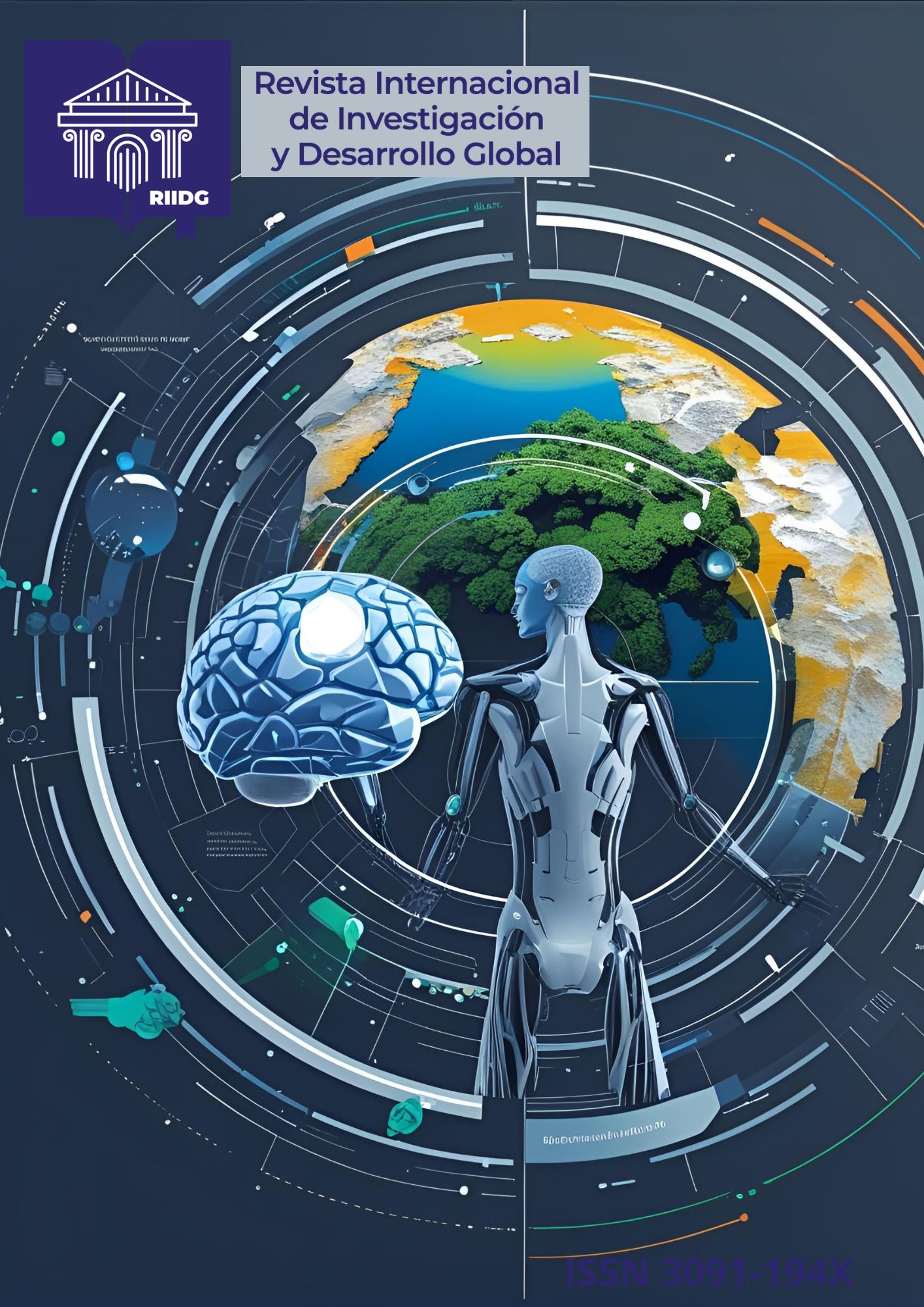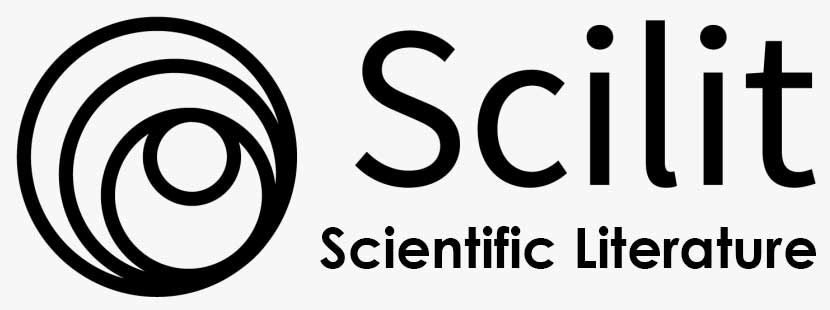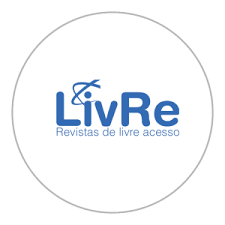Utilization of Cocoa Husk Flour for the Production of Biodegradable Packaging in Artisan Enterprises
DOI:
https://doi.org/10.64041/riidg.v4i3.46Palabras clave:
Biopolymers, cocoa husk, eco-friendly packaging, artisan entrepreneurship, circular economyResumen
The main objective of this research project is the utilization of cocoa husk flour (Theobroma cacao L.), an agro-industrial by-product generated in large volumes by the cocoa production chain, for the manufacture of biodegradable packaging aimed at artisan-sector enterprises. This initiative emerges as a sustainable alternative to the growing environmental issue caused by the widespread use of non-degradable plastic materials, particularly in small-scale production units that require functional and low-impact packaging solutions.
The proposal includes the physicochemical characterization of cocoa husk, its transformation into flour through controlled processes, and the formulation of biocomposites using mixing, molding, and drying techniques at laboratory scale. Subsequently, key properties of the resulting packaging are evaluated, such as mechanical strength, water vapor permeability, biodegradability under natural conditions, and adaptability to various artisan product formats.
Additionally, a preliminary analysis of technical and economic feasibility is considered, with emphasis on the scalability of the process in rural cocoa-producing communities, promoting the comprehensive use of agricultural residues and the generation of local added value. This strategy aligns with the principles of the circular economy, fostering environmental innovation practices that support the sustainable development of the artisan sector through the use of accessible and eco-efficient technologies.
Overall, the study represents a significant contribution both in terms of environmental sustainability and in the promotion of community-based productive initiatives, demonstrating the potential of cocoa waste as a viable raw material for biodegradable packaging solutions.
Citas
Andrade, G., & Castro, V. (2019). Integrantes: Gisela Andrade Verónica Castro CRONOLOGIA DE LA EVOLUCION DEL CACAO HASTA EL CHOCOLATE. https://cadenacacaoca.info/CDOC-Deployment/documentos/Estrategias_internacionalizacion_vs_costos_transaccion_industria_chocolatera.pdf
Cuba A., Carbajal M.S., Collavino J., Cernaqué D.A., Carhuancho K.P., Guevara A., & Vargas L.F. (2019). POSTER-FILM DE SUBPRODUCTOS DE CACAO. https://doi.org/10.13140/RG.2.2.12141.72161
Di Rienzo, J. A., Balzarini, M. G., & Robledo, C. W. (2008). Manual del usuario InfoStat. https://www.researchgate.net/profile/Fernando-Casanoves/publication/319875343_Manual_del_usuario/links/5e2ee26992851c9af7280cfa/Manual-del-usuario.pdf
Díaz, C. X. J. (2017). Caracterización y optimización de una bandeja biodegradable a partir maíz, papa, soya y glicerol por el método de termoprensado. https://bdigital.zamorano.edu/server/api/core/bitstreams/ace03aaa-72a1-4fae-bcec-68ac432dde20/content
Gaitán, A. E. E., & Ropero, M. J. (2021). PLANTEAMIENTO DE UN PROCESO PARA EL DESARROLLO DE PLATOS BIODEGRADABLES A BASE DE CASCARILLA DE CACAO EVA ELISA GAITÁN ALARCÓN-PROGRAMA DE INGENIERÍA QUÍMICA. https://repository.universidadean.edu.co/items/ac8e3cdf-811b-4974-849b-3fadbbce288a
Lema, V. A. E., & Manzo, E. N. S. (2021). UNIVERSIDAD TÉCNICA ESTATAL DE QUEVEDO FACULTAD DE CIENCIAS DE LA INGENIERÍA. https://repositorio.uteq.edu.ec/server/api/core/bitstreams/2eed30b4-598e-45ed-9df8-7c9b6f5389bc/content
Lema, V. E., Manzo, E. N., & Moreira, M. M. (2020). Bioplásticos a partir de residuos del cacao, una alternativa para mitigar la contaminación por plástico. https://www.researchgate.net/publication/353206609_Bioplasticos_a_partir_de_residuos_del_cacao_una_alternativa_para_mitigar_la_contaminacion_por_plastico_Bioplastics_from_cocoa_waste_an_alternative_to_mitigate_plastic_pollution
Morán, S. (2020). Historias Sociedad. https://planv.com.ec/historias/sociedad/nada-frena-plasticos-un-solo-uso-mas-260000-toneladas-al-ano-ecuador/#:~:text=Es
NTE INEN EN. (2013). LISTADO-DE-NORMAS-INEN. https://solsegsa.com/wp-content/uploads/2022/05/LISTADO-DE-NORMAS-INEN.pdf
Sanmartín, R. G. S., Zhigue, L. R. A., & Alaña, C. T. P. (2017). EL RECICLAJE: UN NICHO DE INNOVACIÓN Y EMPRENDIMIENTO CON ENFOQUE AMBIENTALISTA. http://scielo.sld.cu/scielo.php?script=sci_arttext&pid=S2218-36202017000100005
Segura, D., Noguez, R., & Espín, G. (2020). Contaminación ambiental y bacterias productoras de plásticos biodegradables. https://www.academia.edu/38717730/Contaminación_ambiental_y_bacterias_productoras_de_plásticos_biodegradables
Snyder, H. (2019). Literature review as a research methodology: An overview and guidelines. Journal of Business Research, 104, 333–339. https://doi.org/10.1016/j.jbusres.2019.07.039
Descargas
Publicado
Cómo citar
Número
Sección
Licencia
Derechos de autor 2025 Juan Jurado Salazar

Esta obra está bajo una licencia internacional Creative Commons Atribución-NoComercial-SinDerivadas 4.0.
Los contenidos de esta revista se publican bajo la licencia Creative Commons Atribución–NoComercial–SinDerivadas 4.0 Internacional (CC BY-NC-ND 4.0).
Usted es libre de compartir el material en cualquier medio o formato, siempre que:
-
Reconozca la autoría original.
-
No utilice la obra con fines comerciales.
-
No realice obras derivadas, adaptaciones o modificaciones.
Enlace oficial: https://creativecommons.org/licenses/by-nc-nd/4.0/








